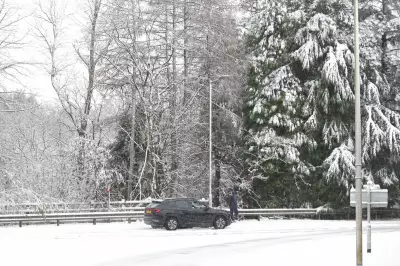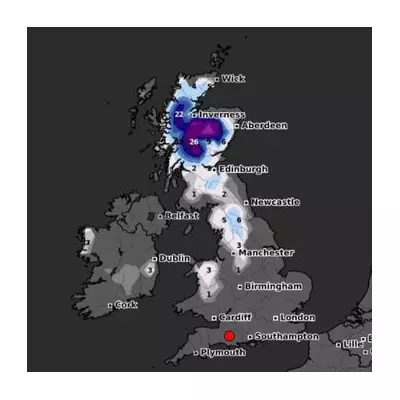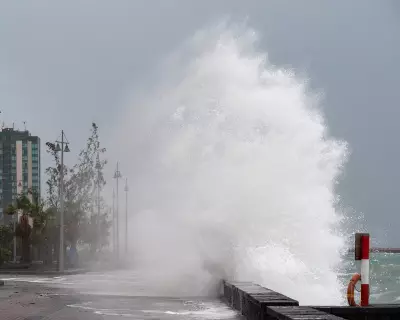
Earthquake Swarm Rattles California's Central Coast
A sudden earthquake swarm has been shaking California's Central Coast, just hours after a significant tremor sent shockwaves throughout the region. The United States Geological Survey (USGS) has reported more than a dozen earthquakes since Tuesday afternoon, all concentrated within a one-mile area near Templeton and San Luis Obispo.
Timeline of Seismic Activity
The latest aftershock struck at 6:44am ET on Wednesday morning, registering as a minor magnitude 2.0 quake. Just three hours earlier, a more powerful 3.3 magnitude earthquake had shaken the coastal region. The swarm began following a 4.1 magnitude earthquake that erupted just four miles from Templeton at 12:54pm ET on Tuesday.
The initial quake was felt up and down the coastline, from Salinas in the north to Lompoc in the south - both locations over 60 miles from the epicentre. However, the most significant impact occurred closer to Templeton, where local winemaker Brad Ely described the experience to KSBY as feeling "like I had been hit by a truck."
Local Impact and Damage Reports
Fortunately, no injuries or property damage have been officially reported following the earthquake, though residents are now dealing with continued aftershocks from Tuesday's seismic outbreak. As of Wednesday morning, 13 quakes have been recorded in the area by USGS, ranging from 1.1 to 4.1 in magnitude.
Templeton resident Paula Scallan recounted: "I was in my bedroom, and it felt literally like my roof was going to cave in. It just shook." While earthquakes between 2.5 and 5.4 magnitude typically cause only minor damage, the larger quakes did topple bottles and glassware at Ely's winery in Paso Robles, located near the epicentre of the swarm.
Wine distillery owner Joe Barton added: "Everything was on the floor, not dissimilar than it was back in 2003. Not quite as many bottles like in 2003. This whole thing was on the floor."
San Andreas Fault Connection
Templeton sits near the 800-mile-long San Andreas Fault, the major plate boundary responsible for much of California's seismic activity. Geologists have long warned that it's only a matter of time before "The Big One" - an earthquake projected to be over magnitude 7 or 8 - erupts along this fault line, potentially devastating the West Coast.
USGS has indicated that the San Andreas Fault could generate "the region's largest magnitude earthquakes," potentially reaching up to 8.2 in strength. Angie Lux, project scientist for Earthquake Early Warning at the Berkeley Seismology Lab, previously told the Daily Mail that experts are "fairly confident that there could be a pretty large earthquake at some point in the next 30 years."
According to the Great California Shakeout, simulations of such devastation predict roughly 1,800 deaths, 50,000 injuries, and $200 billion in property damage.
Historical Context and Scientific Warnings
Earthquake swarms that can last for hours or days have become a common side effect following significant seismic events in California. In July, dozens of earthquakes rocked Southern California, with some reaching 4.3 in magnitude.
A recent study published in the Proceedings of the National Academy of Sciences examined the Sagaing Fault in Myanmar, which bears similarities to the San Andreas Fault. Both span more than 700 miles and experienced their last major rupture in the 19th century - 1839 for Sagaing and 1857 for San Andreas.
The research found that these mega earthquakes strike every 141 years on average and typically measure around 7.5 in magnitude. Concerningly, the San Andreas Fault hasn't experienced a major rupture in 168 years - beyond the average recurrence interval identified in the study.
When scientists simulated earthquake patterns along the Sagaing Fault over 1,400 years, they discovered the fault line never ruptured the same way twice, making comprehensive disaster preparations exceptionally challenging.





